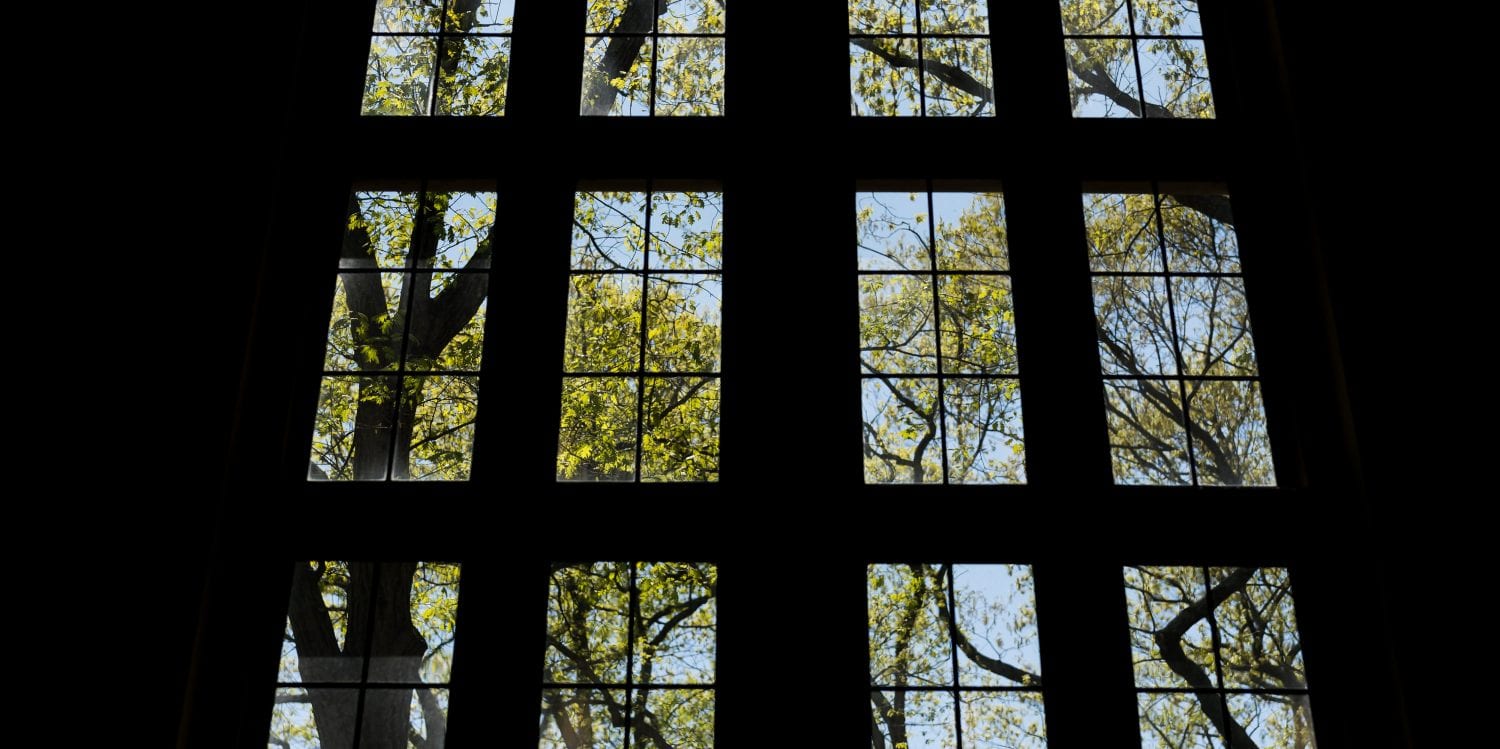“Prison is a business, America’s the company
Investing in injustice, fear and long suffering
We staring in the face of hate again
The same hate they say will make America great again”
The following are excerpts from a paper I wrote last semester for my Women’s and Gender Studies course, WGST 221 Gender, Race and the Carceral State with Professor Jennifer Musto. In this class, I learned a lot about the racist, sexist and capitalist ideologies that created and continue to sustain the United States’ carceral system. At the end of the semester, I designed a syllabus from scratch that aimed to be an extension of the course, focusing on penal abolition and the role of imagination in it. All of this work could not have been more fitting for the current political climate, and of course, the current COVID crisis.
The paper is titled “The Coronavirus and the Carceral: How COVID-19 Galvanized the Public into Abolition Work on Social Media.” I hope you are able to learn at least a bit as much as I did while writing it. Thank you for reading.
When individuals are locked behind bars, they have no choice but to trust the institution withholding their freedom from them to also protect their health. But what happens when that institution fails to do so, specifically during the time of a global pandemic? A situation arises like “Cook County Jail in Chicago, where 304 people inside have already tested positive for COVID-19, making it the largest cluster in the country,” Twitter user @MPHProject reported on April 12, 2020. After fact-checking, I quickly discovered that this number is inaccurate. According to NBC Chicago, the Cook County Jail actually had 355 confirmed cases of coronavirus as of April 7th—51 more than the tweet claimed one week later. Regardless, the tweet brought to light a critical point about the COVID-19 crisis that was not at the forefront of many people’s minds: the likelihood of a highly contagious disease making its way into institutions of imprisonment, and then inevitably spreading like wildfire.
The tweet finishes with a simple, yet striking, question: “What are we going to do about [this]?” Within a day, the post went viral across the social media platform, now having amassed over 5,400 retweets and 10,500 likes. Hundreds of people have commented underneath it, asking how to effectively help while in quarantine and sharing resources about whom to contact in their respective districts to demand incarcerated people be released immediately. Of course, organizers have been doing this kind of work for decades: trying to empty jails and prisons in the United States with the ultimate goal of eliminating imprisonment, policing, and surveillance and creating lasting alternatives to punishment. But as millions of Americans are on state-ordered “lockdown” themselves—a term being ironically used to refer to mandatory stay-at-home orders, ignorant to its insensitivity and irony in the context of this discourse—they are being made aware of COVID-19’s devastating effects on jail and prison populations, and more and more people outside of academia and community organizing are starting to advocate to “#FreeThemAll” as well. This kind of abolitionist discourse on social media is also coming to rise particularly in response to the actions, or relative lack thereof, by state officials.
Ultimately, during this coronavirus pandemic, jails and prisons are sites of far more than incarceration; they are ticking time bombs simply waiting for their turn to explode. Our inaction on behalf of the incarcerated during a global health crisis like COVID-19 means risking the spread of the disease to millions of people—threatening to bring them deaths they were never sentenced for. Twitter user @MPHProject used their online platform to share that “jails and prisons across the country are quickly turning into death camps.” Dr. Macdonald, directly employed by the New York carceral system, took to social media to get the public behind the efforts to free incarcerated people whose cries for help are stifled behind bars. Organizations like Initiate Justice are putting out calls to action, trending hashtags like #LetThemGo and #FreeThemAll. All of this abolition discourse on social media is getting the public to rally around one central idea: prison is no place for a pandemic. And if the public can get around the idea of emptying institutions of imprisonment now during COVID-19, we may be one step closer to keeping them emptied once and for all.
To Reimagining,
Tatiana ‘21

